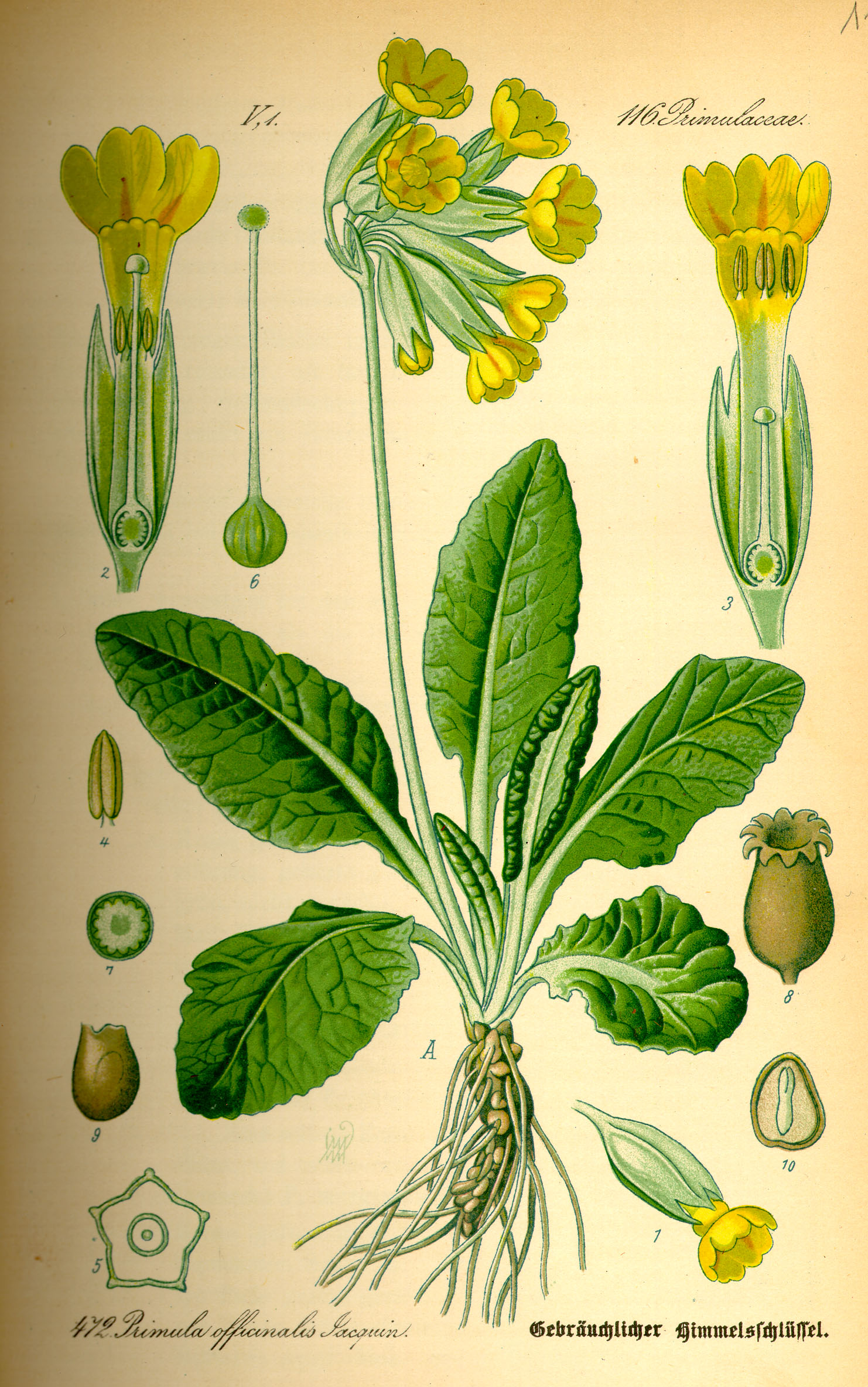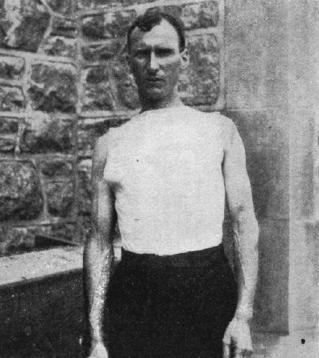|
Henry Doubleday (1808–1875)
Henry Doubleday (1 July 1808 – 29 June 1875) was an English entomologist and ornithologist. There is a blue plaque to him at the corner of High Street and Buttercross Lane, Epping, at the site of his father's grocer shop. He wrote a catalogue of British butterflies and moths, and named a number of new species of moth, including the pigmy footman, Ashworth's rustic and Hypenodes humidalis, marsh oblique-barred. His moth collection remains intact at the Natural History Museum, London, Natural History Museum. Life Henry Doubleday was born in 1808, and was the eldest son of Quaker and grocer Benjamin Doubleday and his wife Mary of Epping, Essex, Epping, Essex. He and his brother Edward Doubleday spent their childhood collecting natural history specimens in Epping Forest. He lived at the same time as his cousin Henry Doubleday (horticulturalist), Henry Doubleday (1810-1902) the scientist and Horticulture, horticulturist. Doubleday took over the management of the family grocer ... [...More Info...] [...Related Items...] OR: [Wikipedia] [Google] [Baidu] |
Epping, Essex
Epping is a market town and civil parish in the Epping Forest District of Essex, England. Part of the London metropolitan area, metropolitan and Urban area, urban area of London, it is 17 miles (27 km) northeast of Charing Cross. It is surrounded by the northern end of Epping Forest, and on a ridge of land between the River Roding and River Lea valleys. Epping is the terminus for London Underground's Central line (London Underground), Central line. The town has a number of historic Grade I and II* and Grade II listed buildings. The weekly market, which dates to 1253, is held each Monday. In 2001 the parish had a population of 11,047 which increased to 11,461 at the 2011 Census. Epping became Twin towns and sister cities, twinned with the German town of Eppingen in north-west Baden-Württemberg in 1981. History "Epinga", a small community of a few scattered farms and a chapel on the edge of the forest, is mentioned in the ''Domesday Book'' of 1086. However, the settlement refe ... [...More Info...] [...Related Items...] OR: [Wikipedia] [Google] [Baidu] |
Primrose Family
The Primulaceae ( ), commonly known as the primrose family (but not related to the evening primrose family), are a family of herbaceous and woody flowering plants including some favourite garden plants and wildflowers. Most are perennial though some species, such as scarlet pimpernel, are annuals. Previously one of three families in the order Primulales, it underwent considerable generic re-alignment once molecular phylogenetic methods were used for taxonomic classification. The order was then submerged in a much enlarged order Ericales and became a greatly enlarged Primulaceae ''sensu lato'' (''s.l''). In this new classification of the Angiosperm Phylogeny Group, each of the Primulales families was reduced to the rank of subfamily of Primulaceae ''s.l.'' The original Primulaceae (Primulaceae ''sensu stricto'' or ''s.s.'') then became subfamily Primuloideae, and one genus ('' Maesa'') was raised to the rank of a separate subfamily, making four in all. Description The fami ... [...More Info...] [...Related Items...] OR: [Wikipedia] [Google] [Baidu] |
English Naturalists
English usually refers to: * English language * English people English may also refer to: Culture, language and peoples * ''English'', an adjective for something of, from, or related to England * ''English'', an Amish term for non-Amish, regardless of ethnicity * English studies, the study of English language and literature Media * ''English'' (2013 film), a Malayalam-language film * ''English'' (novel), a Chinese book by Wang Gang ** ''English'' (2018 film), a Chinese adaptation * ''The English'' (TV series), a 2022 Western-genre miniseries * ''English'' (play), a 2022 play by Sanaz Toossi People and fictional characters * English (surname), a list of people and fictional characters * English Fisher (1928–2011), American boxing coach * English Gardner (born 1992), American track and field sprinter * English McConnell (1882–1928), Irish footballer * Aiden English, a ring name of Matthew Rehwoldt (born 1987), American former professional wrestler ... [...More Info...] [...Related Items...] OR: [Wikipedia] [Google] [Baidu] |
19th-century English People
The 19th century began on 1 January 1801 (represented by the Roman numerals MDCCCI), and ended on 31 December 1900 (MCM). It was the 9th century of the 2nd millennium. It was characterized by vast social upheaval. Slavery was abolished in much of Europe and the Americas. The First Industrial Revolution, though it began in the late 18th century, expanded beyond its British homeland for the first time during the 19th century, particularly remaking the economies and societies of the Low Countries, France, the Rhineland, Northern Italy, and the Northeastern United States. A few decades later, the Second Industrial Revolution led to ever more massive urbanization and much higher levels of productivity, profit, and prosperity, a pattern that continued into the 20th century. The Catholic Church, in response to the growing influence and power of modernism, secularism and materialism, formed the First Vatican Council in the late 19th century to deal with such problems and confirm ce ... [...More Info...] [...Related Items...] OR: [Wikipedia] [Google] [Baidu] |
1875 Deaths
Events January * January 1 – The Midland Railway of England abolishes the Second Class passenger category, leaving First Class and Third Class. Other British railway companies follow Midland's lead during the rest of the year (Third Class is renamed Second Class in 1956). * January 5 – The Palais Garnier, one of the most famous opera houses in the world, is inaugurated as the home of the Paris Opera. * January 12 – Guangxu becomes the 11th Qing dynasty Emperor of China at the age of 3. He succeeds his cousin, the Tongzhi Emperor, who had no sons of his own. * January 14 – The newly proclaimed King Alfonso XII of Spain (Queen Isabella II's son) arrives in Spain to restore the monarchy during the Third Carlist War. * January 24 – Camille Saint-Saëns' orchestral ''Danse macabre'' receives its première. February * February 3 – Third Carlist War: Battle of Lácar – Carlist commander Torcuato Mendíri secures a brilliant victory, w ... [...More Info...] [...Related Items...] OR: [Wikipedia] [Google] [Baidu] |
1808 Births
Events January–March * January 1 ** The importation of slaves into the United States is formally banned, as the 1807 Act Prohibiting Importation of Slaves takes effect. However Americans still continue the slave trade by transporting Africans to Cuba and Brazil.. ** Sierra Leone becomes a British Crown Colony. * January 22 – Transfer of the Portuguese court to Brazil: John (Dom João), Prince Regent, and the Braganza royal family of Portugal arrive in their colony of Brazil in exile from the French occupation of their home kingdom. * January 26 – Rum Rebellion: On the 20th anniversary of the foundation of the colony of New South Wales, disgruntled military officers of the New South Wales Corps (the "Rum Corps") overthrow and imprison Governor William Bligh and seize control of the colony. * February 2 – French troops take Rome as part of the Napoleonic Wars. * February 6 – The ship '' Topaz'' (from Boston April 5, 1807, hunting seals) ... [...More Info...] [...Related Items...] OR: [Wikipedia] [Google] [Baidu] |
Andrew Murray (naturalist)
Andrew Dickson Murray (19 February 1812, Edinburgh – 10 January 1878, Kensington) was a Scottish lawyer, botanist, zoologist and entomologist. Murray studied insects which caused crop damage, specialising in the ''Coleoptera''. In botany, he specialised in the '' Coniferae'', in particular the Pacific rim conifer species. He served as president of the Royal Physical Society of Edinburgh during 1858–59. Life He was born at 17 Forth Street in Edinburgh, on 19 February 1812, and was son of William Murray WS of Conland (now part of Glenrothes) and Duncrivie (near Kinross), and his wife Mary Thompson (d.1871). Murray was apprenticed in law under his father, and became a Writer to the Signet in 1837, joined the firm of Murray & Rhind, and for some time practised in Edinburgh. His earliest scientific papers were entomological, and did not appear until he was forty. On the death of the Rev. John Fleming, professor of natural science in New College, Edinburgh, in 1857, Murray t ... [...More Info...] [...Related Items...] OR: [Wikipedia] [Google] [Baidu] |
Moth
Moths are a group of insects that includes all members of the order Lepidoptera that are not Butterfly, butterflies. They were previously classified as suborder Heterocera, but the group is Paraphyly, paraphyletic with respect to butterflies (suborder Rhopalocera) and neither subordinate taxon is used in modern classifications. Moths make up the vast majority of the order. There are approximately 160,000 species of moth, many of which have yet to be described. Most species of moth are nocturnal, although there are also crepuscular and Diurnal animal, diurnal species. Differences between butterflies and moths While the Butterfly, butterflies form a monophyly, monophyletic group, the moths, comprising the rest of the Lepidoptera, do not. Many attempts have been made to group the superfamilies of the Lepidoptera into natural groups, most of which fail because one of the two groups is not monophyletic: Microlepidoptera and Macrolepidoptera, Heterocera and Rhopalocera, Jugatae a ... [...More Info...] [...Related Items...] OR: [Wikipedia] [Google] [Baidu] |
Primula Veris
''Primula veris'', the cowslip, common cowslip, or cowslip primrose (syn. ''Primula officinalis'' John Hill (author), ), is a herbaceous perennial flowering plant in the Primula vulgaris, primrose family (biology), family Primulaceae. The species is native plant, native throughout most of temperate Europe and western Asia, and although absent from more northerly areas including much of northwest Scotland, it reappears in northernmost Sutherland and Orkney and in Scandinavia. This species frequently hybrid plant, hybridizes with other ''Primulas'' such as the common primrose ''Primula vulgaris'' to form false oxlip (Primula polyanthus#Garden hybrids and cultivars, ''Primula'' × ''polyantha'') which is often confused with true oxlip (''Primula elatior''), a much rarer plant. Names The common name ''cowslip'' may derive from the old English for cow dung, probably because the plant was often found growing amongst the manure in cow pastures. An alternative derivation simply refers to ... [...More Info...] [...Related Items...] OR: [Wikipedia] [Google] [Baidu] |






